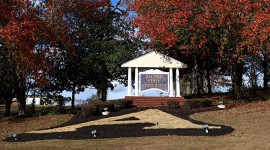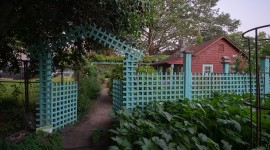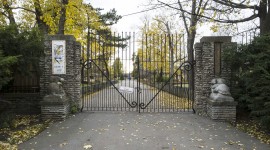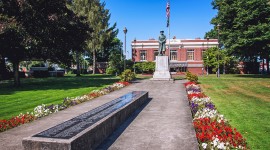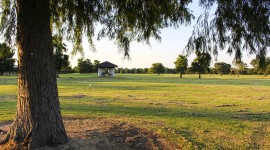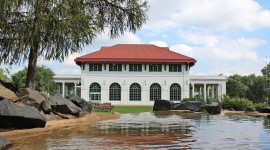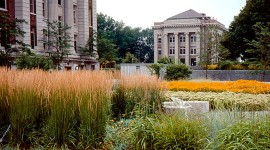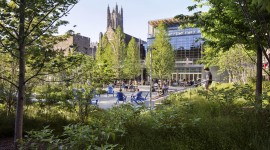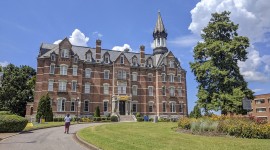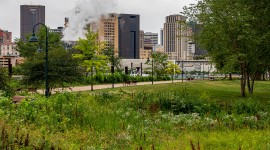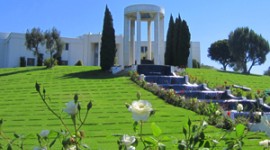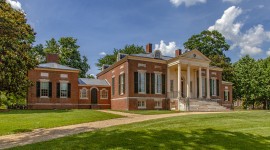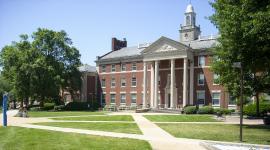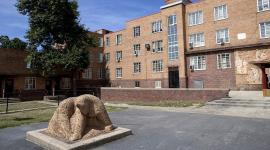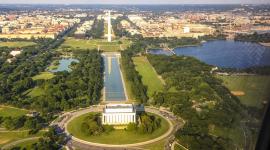Elevating Designers and Shapers
This guide makes visible a number of African American designers, place makers and shapers who created many of the cultural landscapes highlighted, including former estates and plantations, college campuses, institutional grounds, and site-specific artwork.
From the seventeenth century until the 1860s African Americans shaped the nation, clearing forests, dredging swamps, cultivating and harvesting crops, and many other related activities. For example, during this era of enslavement, African American gardeners and horticulturists, both emancipated and enslaved, contributed to the development of numerous plantations and estates. Pioneers include Izadod Conner (1779-unknown), James F. Brown (1793-1868) and Alexander Gilson (1824-1889).
While African Americans were afforded opportunities to attend and acquire degrees from institutions of higher education in the late nineteenth century, there were few opportunities for African Americans to make a career in landscape architecture or architecture. Many of those who were successful in the late nineteenth and early twentieth centuries contributed to the development of HBCUs, designing structures and planning and laying out entire campuses. African Americans designers continued to influence institutions of higher learning throughout the twentieth and early 21st centuries, serving as campus landscape architects and architects, master planners, instructors, and heads of programs. Examples include David Augustus Williston (1868-1962), Albert Irvin Cassell (1895-1969), Edward Lyons Pryce (1914-2007), and Perry Howard (1952- ). Nevertheless, as of 2023, only 0.8 percent of the U.S. landscape architects are African American men and 0.3 percent are women.
<<<Back to the Guide to African American Cultural Landscapes



